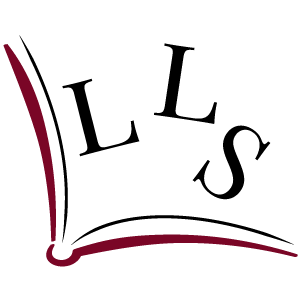
Having just wrapped an incredible study of The Years in St Ives, I am inspired. We encountered a new book (for me and for the Salon). We were a tentative group — some knew some, some knew none — and all were in the wild and constantly changing weather of St Ives.
Our meeting space was in the wonderful Porthmeor Studios, with windows of stained glass made from the sands of the sea below us. This special space was renovated to honour the rich history of artists and fishermen who have worked and created here for centuries. Now the walls also hold the words of Woolf and the thoughts she inspired in us.
To be together after months of isolation and multiple postponements, to be in the surging air and seas of Cornwall, to face and grapple with Woolf’s contemplation of fragmentation, of breakdown (social, political and domestic), of ‘obdurate language’, to find our way through to our own shared epiphanies in the face of her shards: this is what is so deeply satisfying about these retreats.
In The Years, Woolf tries to use fact to find truth in the expanse of fiction, but this is an uneven attempt from a writer who sings so beautifully the realm of interiority. She experiments — and finds a play between — the snapshots of nature at seasonal moments, the movement between light and shadows, between what we say and what we mean. Setting the work to span the twilight of the Victorian era to the ‘Present Moment’ (unspecified, but most agree 1932), we move with a London family through meals, parties, deaths, war and structural change. There are moments of pure lyric flight and moments interrupted — profound thoughts uncompleted, intense connections unrealised, desires frustrated. For the better part of a week, twelve of us lived with this work, the discussions not stopping after the sessions, but seeping into our dinners, walks and swims.

It was an incredible experience to be with a group of hungry minds in a beautiful place, as we dug deeply into the complexity and richness of Woolf’s vision. And then there were moments of hilarity: was that an orgasm on the train? Do we need to comment on the stain on the wall? And what’s the fuss about lavatory vs. bath? There were moments of discomfort as we worked to situate the antisemitism that Woolf portrays — is this her own, or her reflecting a difficult world, or the struggle for the artist against the press to speak politically?
Together, we came to some extraordinary understandings. And then there were rainbows, and Sheila sang . . .
For anyone who fancies joining our next trip to St Ives, we are beginning to plan for Spring 2022. In the meantime, a new study of Virginia Woolf’s Mrs Dalloway begins on 11 October and there are still places left!



